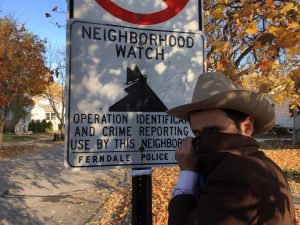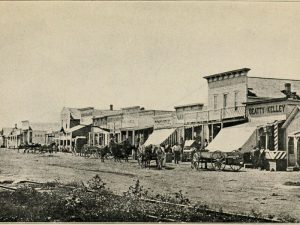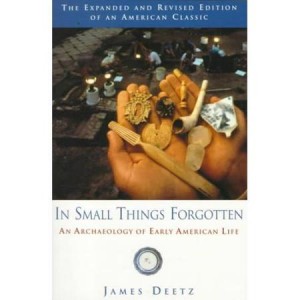 To All The Boys I’ve Loved Before Series by Jenny Han
To All The Boys I’ve Loved Before Series by Jenny Han
This YA series turned Netflix movie tells the story of Lara Jean, who has never openly admitted her crushes, but instead wrote each boy a letter about how she felt, sealed it, and hid it in a box under her bed. But one day Lara Jean discovers that somehow her secret box of letters has been mailed, causing all her crushes from her past to confront her about the letters. Fans of the book series will be excited for the accuracy of casting and enjoy the subtle moments they were able to translate from book to screen.
Book to Netflix Rating: 7/10
A Series of Unfortunate Events by Lemony Snicket
An unhappy tale about three very unlucky children. Even though they are charming and clever, the Baudelaire siblings lead lives filled with misery and woe. From the very first page of this book when the children are at the beach and receive terrible news, continuing on through the entire story, disaster lurks at their heels. This episodic adaptation just finished it’s third and final season which was overwhelmingly a success. The showrunners translated the wit of Lemony Snicket almost perfectly and the episodes were funny, exciting, and just a little bit macabre!
Book to Netflix Rating: 9/10
 Altered Carbon by Richard K. Morgan
Altered Carbon by Richard K. Morgan
In the twenty-fifth century, humankind has spread throughout the galaxy, monitored by the watchful eye of the U.N. While divisions in race, religion, and class still exist, advances in technology have redefined life itself. Now, assuming one can afford the expensive procedure, a person’s consciousness can be stored in a cortical stack at the base of the brain and easily downloaded into a new body (or “sleeve”) making death nothing more than a minor blip on a screen. Season two is slated to premiere sometime this year and we can only hope it will be as fantastic as the first season!
Book to Netflix Rating: 8.5/10
Thirteen Reasons Why by Jay Asher
Clay Jensen returns home from school to find a strange package with his name on it lying on his porch. Inside he discovers several cassette tapes recorded by Hannah Baker–his classmate and crush–who committed suicide two weeks earlier. Hannah’s voice tells him that there are thirteen reasons why she decided to end her life. Clay is one of them. If he listens, he’ll find out why. While the book and Netflix series create a discussion about mental health/suicide I’ve found the series does a lackluster job in bringing up suicide prevention and understanding warning signs. Jay Asher’s is a little more versed on the subject but unfortunately it’s one of those stories that’s started to become obsolete under newer and more educated stories about the same topic.
Book to Netflix Rating: 4/10 (I’d also like to add a Trigger Warning for suicidal ideation and mentions of self-harm, depression, and suicide.)
 #GIRLBOSS by Sophia Amoruso
#GIRLBOSS by Sophia Amoruso
#GIRLBOSS” proves that being successful isn’t about how popular you were in high school or where you went to college (if you went to college). Rather, success is about trusting your instincts and following your gut, knowing which rules to follow and which to break. The Netflix adaptation is wickedly funny if not a little over the top at points. Sophia is quirky and abrasive but as the show progresses you see her true personality shine through!
Book to Netflix Rating: 7.5/10
Bird Box by Josh Malerman
Last but not least is the huge hit Bird Box! In a post-apocalyptic world, Malorie Hayes advises two young, unnamed children that they will be going downstream on a river in a boat. She strictly instructs them to not remove their blindfolds, or else they will die. Interweaving past and present, this story is a snapshot of a world unraveled that will have you racing to the final page or scene. Netflix reported that Bird Box had the biggest seven-day viewership for any of its original films to date, with over 45 million accounts, with views defined by the company as the film streaming for over 70 percent of its time! From page to screen the adaptation if decently faithful even though the story type has been done to death. The ratings are lower than you would expect for the amount of hype it attracted.
Book to Netflix Rating: 6.5/10
Happy Reading and Watching!

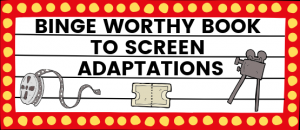
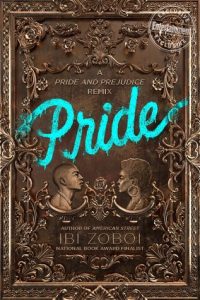
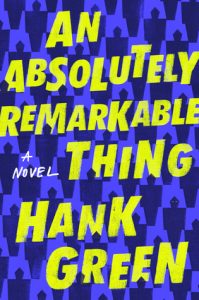
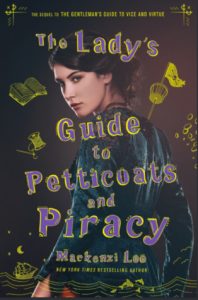
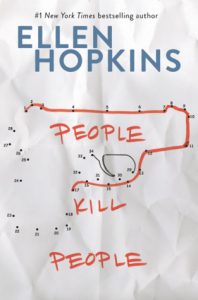
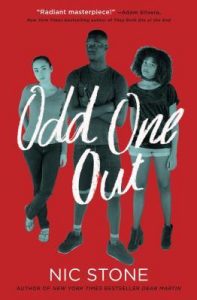
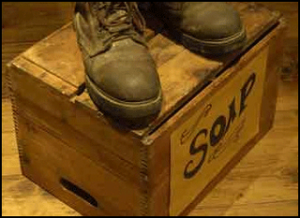
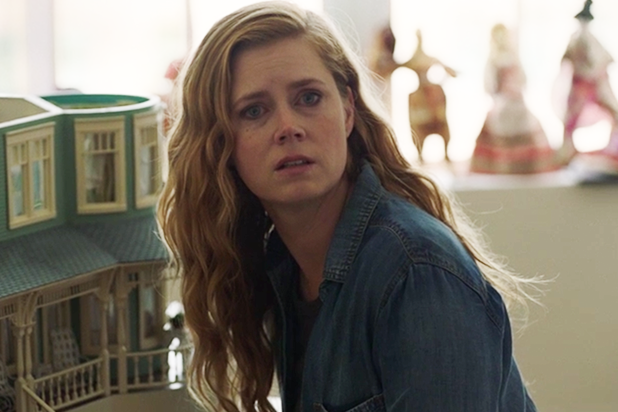

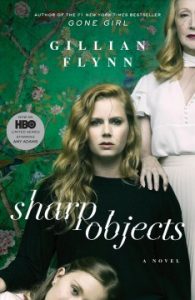 Over the course of the story, we learn that Camille’s mother Adora suffers from Munchausen syndrome by proxy, or, as it is now known, Factitious disorder imposed on another–a condition in which a caregiver develops a long-term mental disorder of a type involving a breakdown in the relation between thought, emotion, and behavior, and harms the person in their care in order to be perceived as a helpful, saintly, martyr figure. Adora herself was responsible for the death of Camille’s sister and, indeed, nearly kills Camille and Amma by feeding them a tonic containing rat poison. The daughters are saved at the last moment, Adora is arrested, and Camille takes Amma to live with her. Things seem fine until a girl at Amma’s new school is murdered, and Camille realizes that Amma was the murderer of the two girls, driven to violent rage when she though that the girls were getting more attention from Adora than Amma herself. Distraught after Amma’s arrest, Camille uses a knife to carve more words into her back and very nearly begins cutting her face. She is saved by her editor, who takes her in. At the end of the book, Camille is living with the editor and his wife, and learning how to be part of a stable, loving family for once in her life. For the record, this is a very watered-down version of the plot, and you should still read it.
Over the course of the story, we learn that Camille’s mother Adora suffers from Munchausen syndrome by proxy, or, as it is now known, Factitious disorder imposed on another–a condition in which a caregiver develops a long-term mental disorder of a type involving a breakdown in the relation between thought, emotion, and behavior, and harms the person in their care in order to be perceived as a helpful, saintly, martyr figure. Adora herself was responsible for the death of Camille’s sister and, indeed, nearly kills Camille and Amma by feeding them a tonic containing rat poison. The daughters are saved at the last moment, Adora is arrested, and Camille takes Amma to live with her. Things seem fine until a girl at Amma’s new school is murdered, and Camille realizes that Amma was the murderer of the two girls, driven to violent rage when she though that the girls were getting more attention from Adora than Amma herself. Distraught after Amma’s arrest, Camille uses a knife to carve more words into her back and very nearly begins cutting her face. She is saved by her editor, who takes her in. At the end of the book, Camille is living with the editor and his wife, and learning how to be part of a stable, loving family for once in her life. For the record, this is a very watered-down version of the plot, and you should still read it.
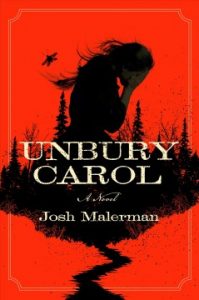
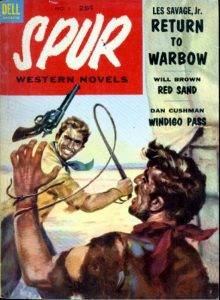 re-runs with delight. But even though I was surrounded by westerns, and could appreciate the love that others had for them, I struggled to find the enduring appeal in them myself.. This was largely because all the westerns to which I was exposed featured white men fulfilling traditionally white, masculine roles, enforcing a white, masculine code of justice, and having all-male, almost exclusively all-white adventures. Though the women, like Miss Kitty in
re-runs with delight. But even though I was surrounded by westerns, and could appreciate the love that others had for them, I struggled to find the enduring appeal in them myself.. This was largely because all the westerns to which I was exposed featured white men fulfilling traditionally white, masculine roles, enforcing a white, masculine code of justice, and having all-male, almost exclusively all-white adventures. Though the women, like Miss Kitty in 